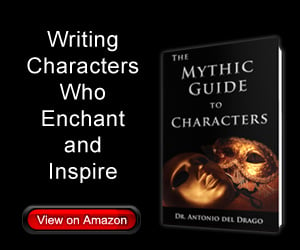cornu aspersum
 Dreamer
Dreamer
I hope this is the right place for this question. Do you tend to use speculative evolution a lot in your worlds? While I am not against explaining away why things act they way they do beacasue of magic, it gives me some satisfaction to have a plausible, if not accurate reasoning behind it. As an example, for my world, I have the 'fire' that dragons spew actually be venom ejected from their mouths by special tissue so powerful, that the particles in the venom sizzle, looking like flames.
Last edited:

 Auror
Auror
 Inkling
Inkling Myth Weaver
Myth Weaver